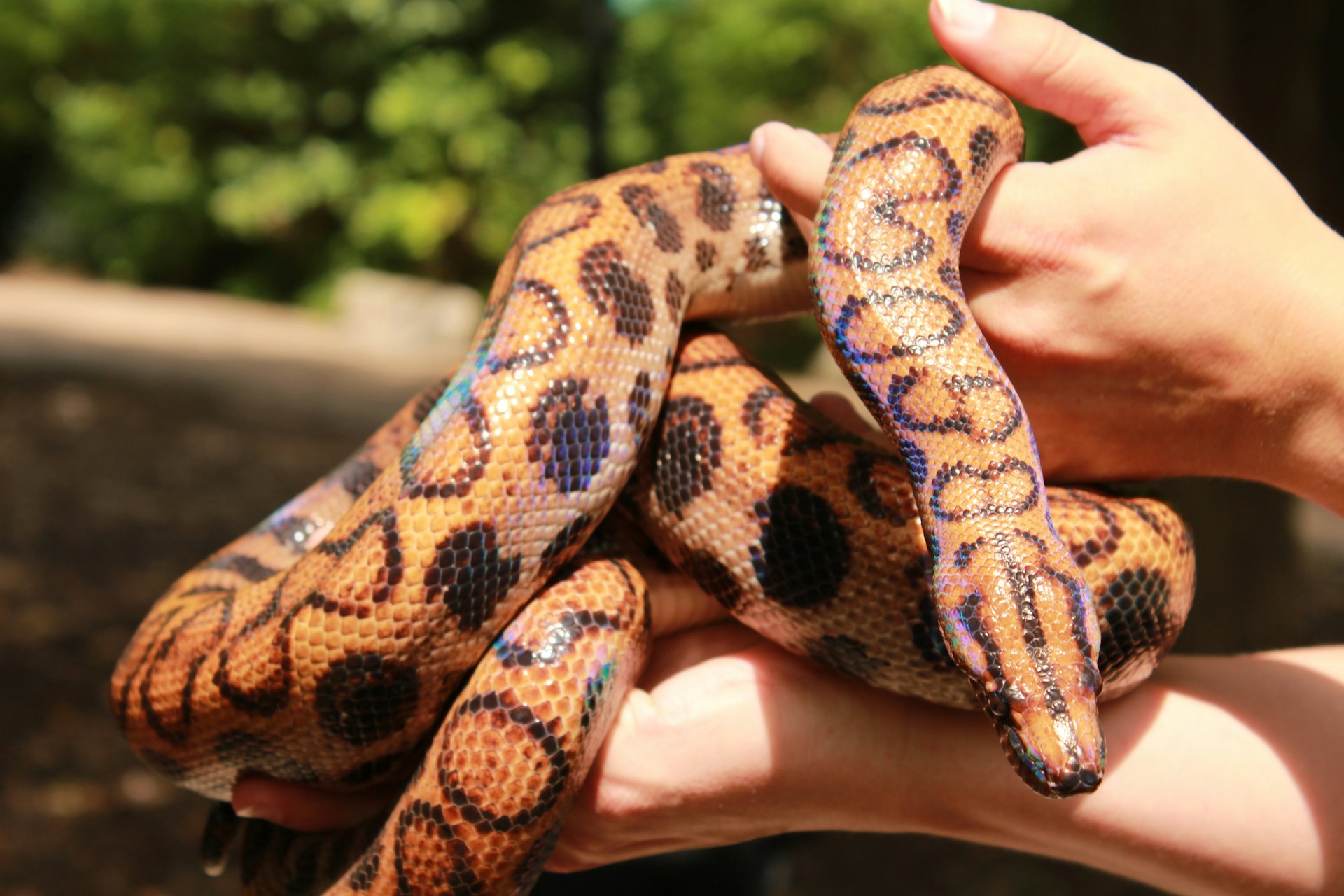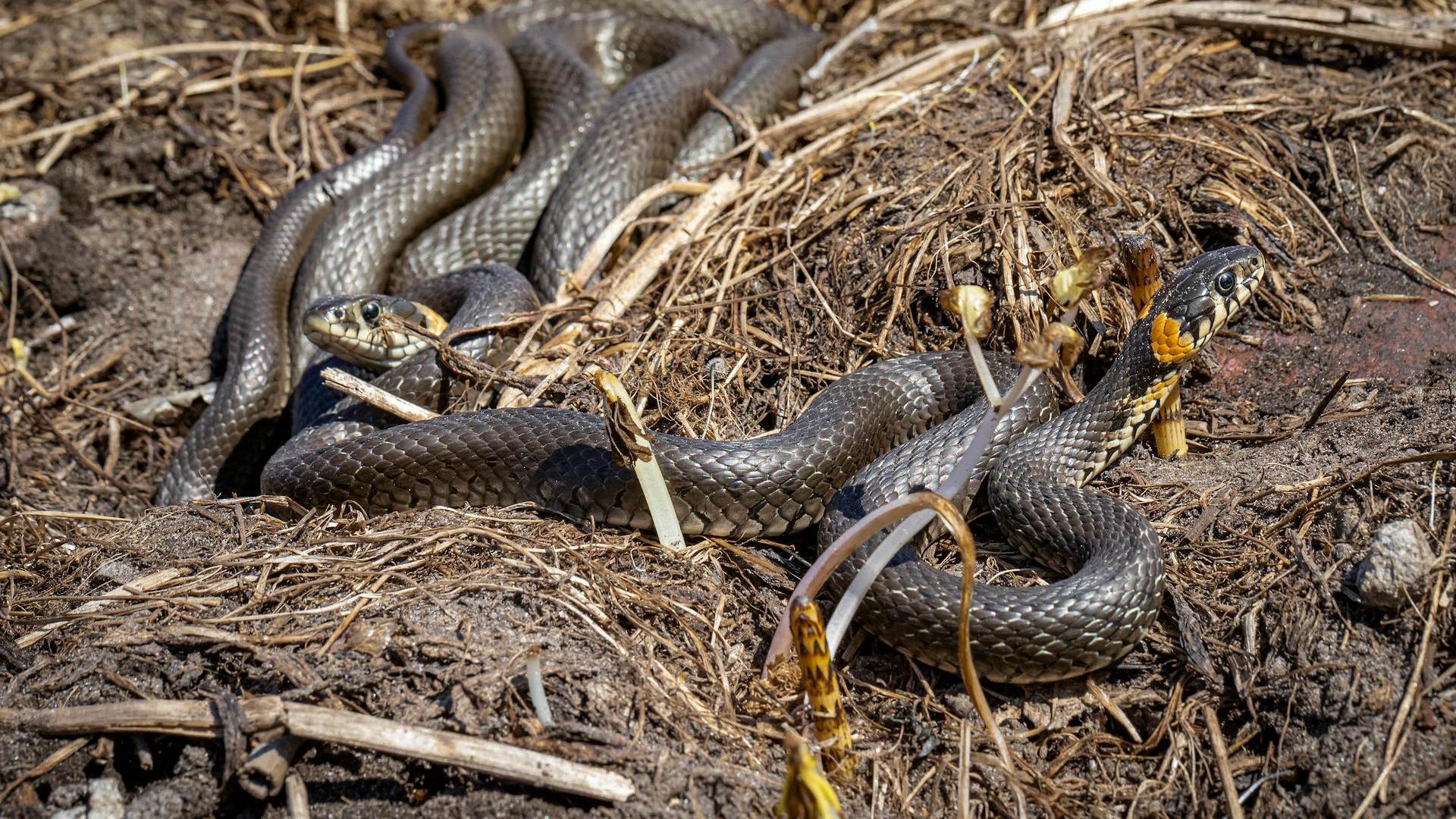Non-venomous snakes make fascinating and rewarding pets, but their health needs can sometimes be challenging to interpret. Unlike dogs or cats that might vocalize when they’re unwell, snakes rely on their owners to notice subtle changes in behavior, appearance, and habits that could indicate health problems. Maintaining optimal health for your snake companion requires vigilant observation and a good understanding of what “normal” looks like for your particular species. This comprehensive guide will help you recognize the signs of both good health and potential illness in your non-venomous snake, empowering you to provide the best possible care and quickly address any health concerns before they become serious.
Physical Appearance: The Clear Window to Snake Health
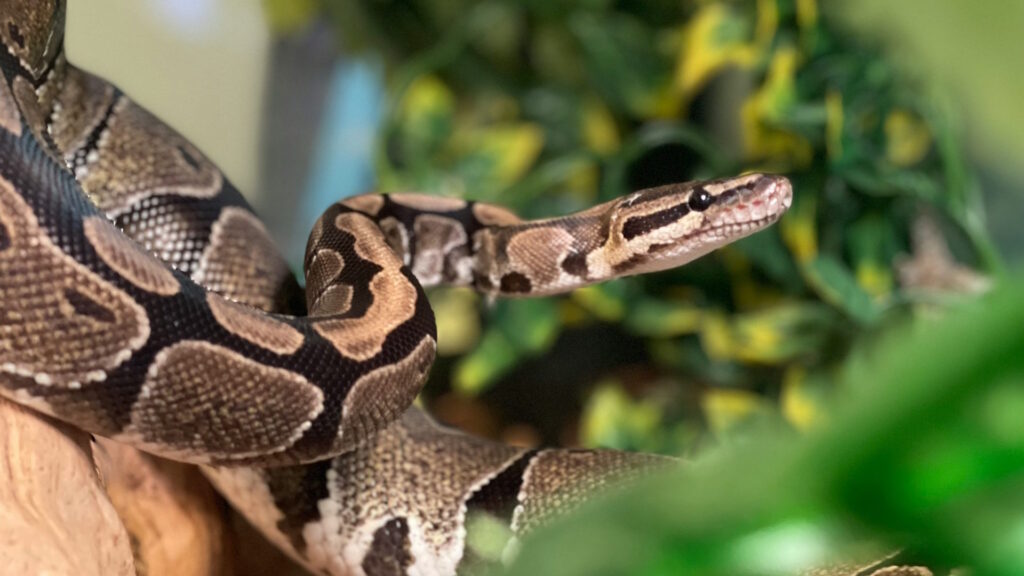
A healthy non-venomous snake should have clear, bright eyes without any cloudiness, except during the pre-shedding period when temporary blue-gray opacity is normal. The skin should appear smooth, unblemished, and free from stuck shed, cuts, burns, or discoloration that might indicate infection or injury. Scales should lie flat against the body and have a slight natural shine that indicates proper hydration and healthy oil production. Check your snake’s body regularly for abnormal bumps, swellings, or areas where the spine appears prominent, as these could indicate parasites, tumors, or weight loss issues that require veterinary attention.
Body Weight and Proportions

Maintaining appropriate body weight is crucial for snake health, with an ideal snake displaying a body that is rounded rather than triangular in cross-section. The spine should not be prominently visible, which would indicate underweight conditions, nor should the snake appear obese with fat rolls or a squared-off body shape. Many keepers establish a regular weighing schedule, documenting their snake’s weight to track subtle changes over time that might not be visually apparent. Different species have different ideal body shapes – for instance, tree boas naturally appear more slender than pythons – so research your specific species’ healthy proportions and consult with a reptile veterinarian if you’re uncertain about your pet’s ideal weight range.
Respiration Patterns

Healthy snakes breathe quietly and evenly with no wheezing, gasping, or open-mouth breathing under normal conditions. You should be able to observe gentle, rhythmic body movements corresponding with breathing, but these should be subtle rather than labored. Respiratory infections, common in snakes kept in improper humidity conditions, often manifest as bubbles from the nostrils, audible breathing sounds, or frequent gaping with the head tilted upward. If your snake is making clicking sounds while breathing or showing asymmetrical body movements during respiration, these are serious warning signs that warrant immediate veterinary attention. Remember that slight increases in breathing rate are normal after feeding or during higher environmental temperatures, but should return to baseline quickly.
Shedding Process and Quality
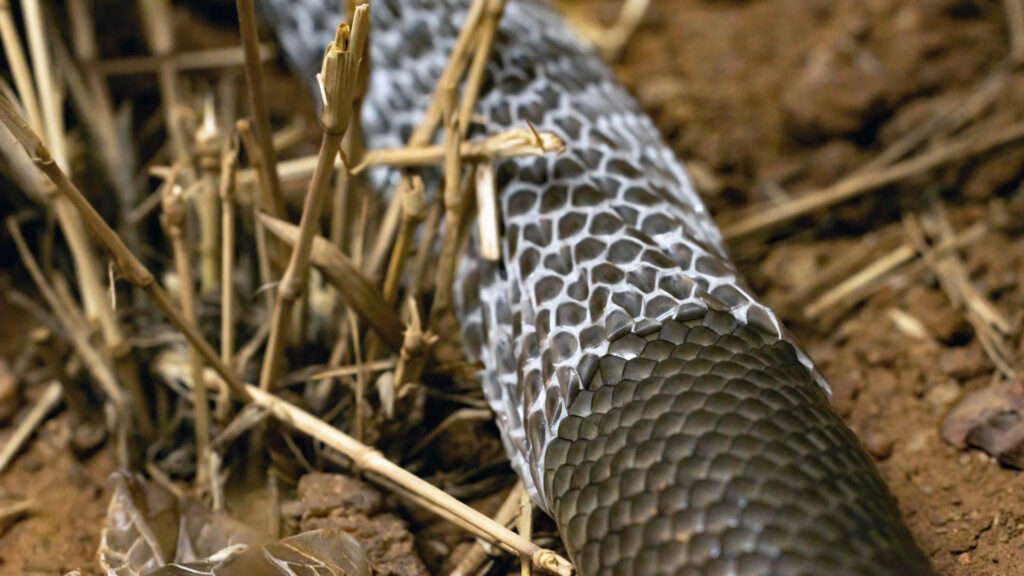
A successful, complete shed is one of the most reliable indicators of overall snake health and proper husbandry. Healthy snakes typically shed their skin in one complete piece, from nose to tail tip, including eye caps. Prior to shedding, your snake’s eyes will turn bluish (called “blue phase” or “in blue”), and its skin will appear dull and somewhat opaque for several days. Problems with shedding, such as retained eye caps, patches of stuck shed, or incomplete sheds often indicate humidity issues or underlying health problems affecting the skin. Keep detailed records of your snake’s shedding frequency, as unusually frequent or infrequent shedding can signal problems with environmental conditions or health status.
Feeding Response and Appetite
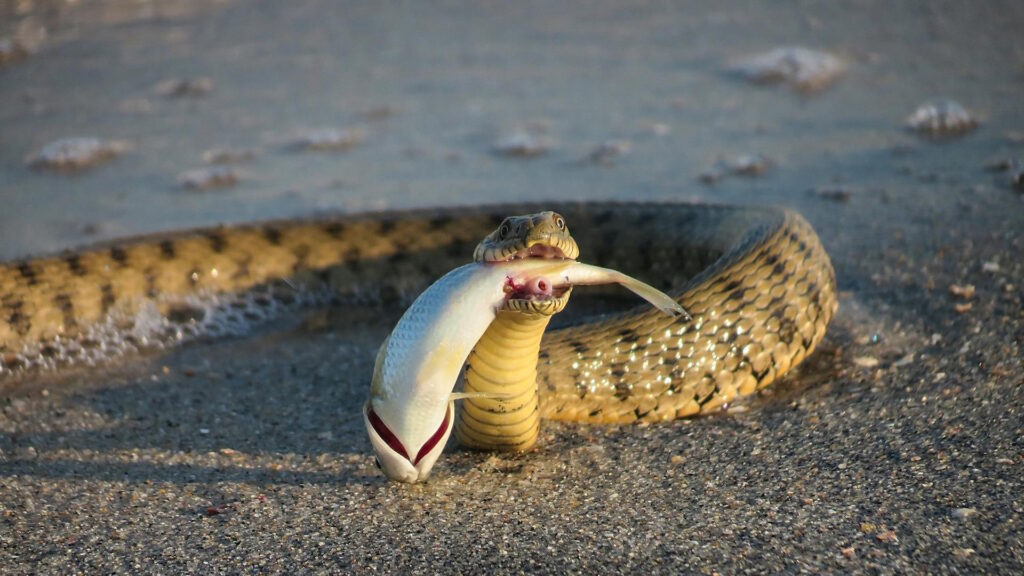
A healthy non-venomous snake typically displays a strong, consistent feeding response appropriate to its species. While feeding patterns vary dramatically between species – with some snakes eating weekly and others only monthly – what matters most is consistency in your individual snake’s established pattern. A sudden refusal of food, especially in typically eager feeders like ball pythons or corn snakes, can indicate illness, stress, or improper husbandry conditions. However, many healthy snakes undergo normal fasting periods during breeding season, prior to shedding, or during seasonal changes, so it’s essential to understand what’s normal for your particular species. Monitor not just whether your snake eats, but also how it eats – hesitation, struggle to strike accurately, or difficulty swallowing can all indicate neurological issues or other health problems.
Activity Level and Movement
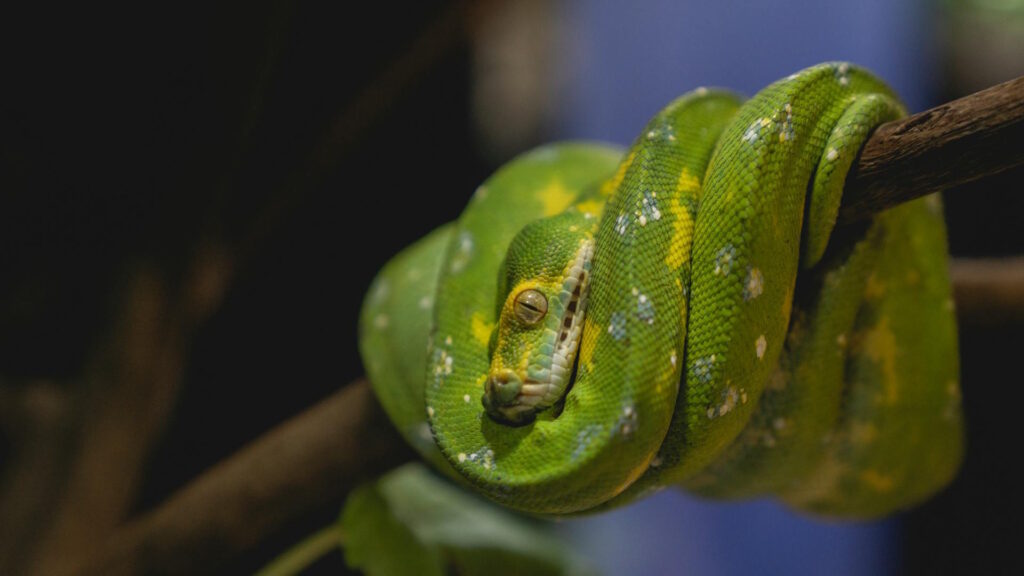
Healthy snakes demonstrate smooth, coordinated movements without tremors, twitching, or difficulty controlling their body. When active, your snake should be able to move in a straight line without corkscrewing (known as “stargazing”) or flipping onto its back, which can indicate serious neurological issues. Different species have different activity patterns – arboreal species like green tree pythons are naturally less active than colubrids like corn snakes – so research your specific species’ normal behavior patterns. While many snakes are naturally secretive and may spend considerable time hiding, they should still show periods of exploration, especially during their natural active hours (typically dawn and dusk for many species).
Fecal and Urinary Output
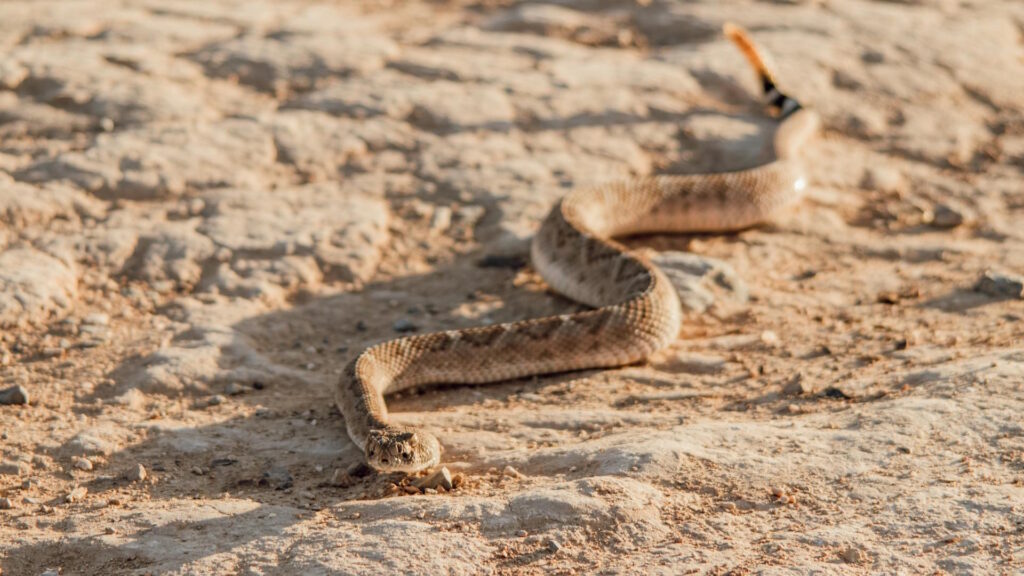
Regular monitoring of your snake’s waste provides valuable insights into its digestive health and possible parasite issues. Normal snake droppings consist of two parts: a solid brown or black fecal portion and a white or yellow-white urate portion (the snake equivalent of urine). The consistency of feces should be firm but not excessively hard, while urates should be semi-solid rather than watery. Diarrhea, blood in stool, unusually frequent or infrequent defecation, or changes in urate consistency can all indicate health problems ranging from parasites to kidney disease. Keep track of your snake’s elimination schedule, as many healthy snakes defecate approximately 3-7 days after eating, and irregularities could signal digestive issues.
Mouth Health
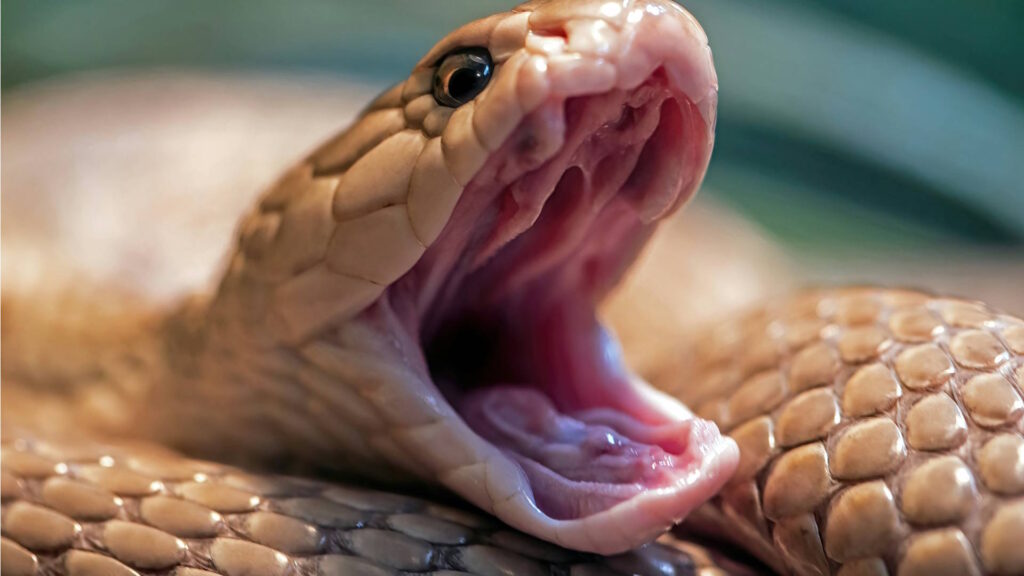
A healthy snake’s mouth should be pink, clean, and free from excess mucus, bubbles, or cheese-like plaques that might indicate mouth rot (infectious stomatitis). Gently examining your snake’s mouth area can reveal early signs of respiratory infections or oral health issues before they become severe. The tongue should flick in and out normally, as tongue movement issues can indicate neurological problems or injuries. When your snake yawns (which is actually a normal behavior to realign their jaw after eating), take the opportunity to observe the mouth interior for any abnormalities like swelling, discoloration, or stuck food particles that could lead to infection.
Response to Handling
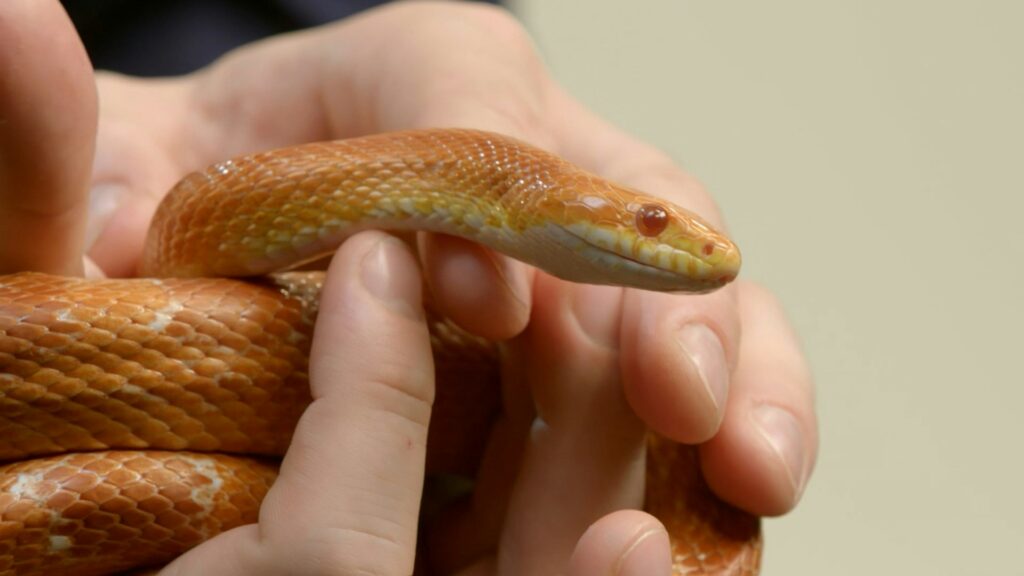
While temperament varies greatly between individual snakes and species, how your snake responds to handling offers valuable health insights. A healthy snake typically maintains good muscle tone during handling, neither hanging limply (a sign of weakness or illness) nor displaying excessive stress responses like rapid breathing or attempting to flee frantically. Some defensive behavior is normal, especially in less-handled individuals, but should remain consistent with that snake’s established personality. A sudden change in handling tolerance – whether becoming unusually aggressive or unusually docile – often indicates pain, illness, or other health concerns requiring attention. Regular, gentle handling sessions provide opportunities to check your snake’s body condition while also helping you recognize subtle changes in behavior that might indicate emerging health issues.
Environmental Response
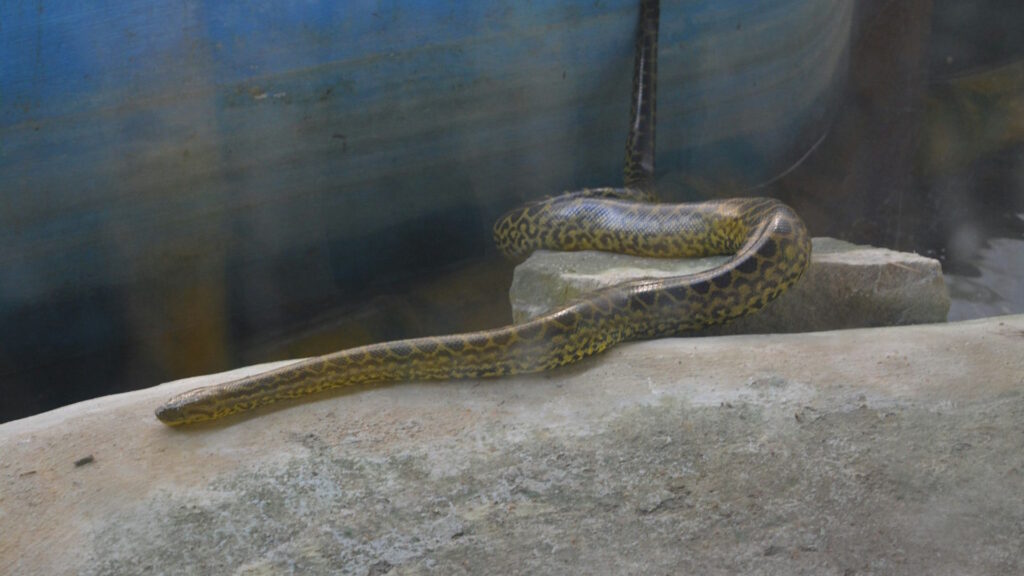
Healthy snakes demonstrate appropriate responses to their environment, including seeking heat when needed and retreating to cooler areas to thermoregulate effectively. Your snake should use the various microclimates within its enclosure, moving between warm and cool areas, humidity retreats, and various hiding spots as needed throughout the day. A snake consistently avoiding its warm spot might indicate the temperature is too high, while constant basking could mean the overall enclosure is too cool or the snake is fighting an infection. Observe whether your snake reacts appropriately to environmental changes like light cycles, feeding schedules, and minor disturbances, as these responses reflect neurological health and general wellbeing.
Parasite Awareness
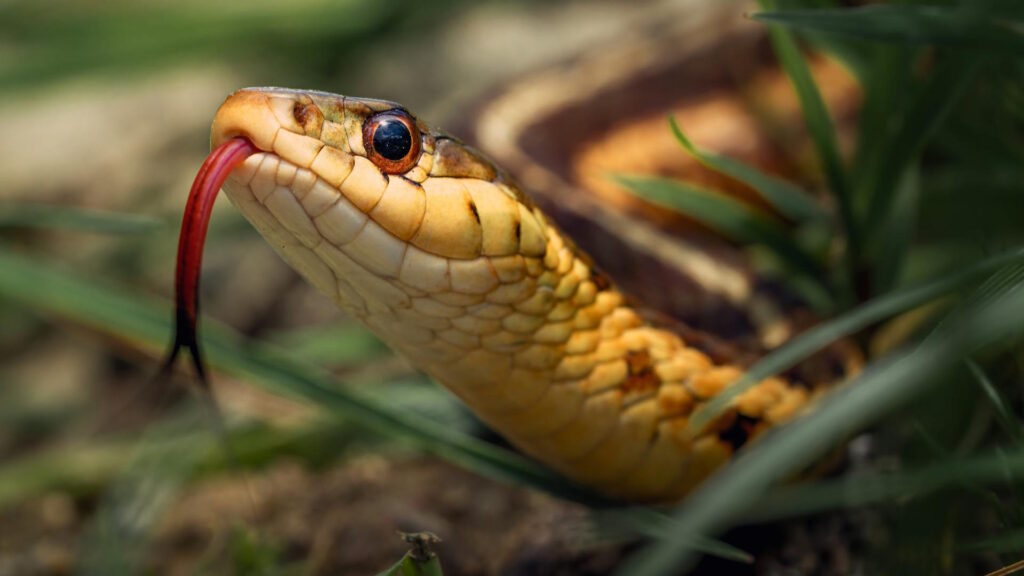
Regular monitoring for both external and internal parasites is essential for maintaining snake health. External parasites like mites appear as tiny moving specks (usually black or red) around the eyes, heat pits, or between scales, and often cause excessive soaking behavior as the snake tries to drown them. Internal parasites may not show obvious symptoms initially but can eventually cause weight loss, regurgitation, abnormal stool, or general lethargy. Preventative measures include quarantining new animals, regular enclosure cleaning, and periodic fecal testing even for seemingly healthy animals. If you suspect parasites, collect a fresh fecal sample for your veterinarian to examine, as prompt treatment can prevent more serious secondary health issues from developing.
Regular Health Documentation

Maintaining detailed health records enables you to identify patterns and catch subtle changes that might otherwise go unnoticed. Document feeding responses, accurate weights, measurement growth in younger snakes, shedding dates, defecation, breeding behaviors, and any medications or treatments administered. Photographing your snake regularly can help you compare subtle changes in body condition or coloration over time. This documentation becomes invaluable during veterinary visits, providing your exotic animal specialist with comprehensive information to aid in diagnosis. Consider creating a dedicated health journal or digital spreadsheet for each snake, including normal parameters for your specific species so any deviations become immediately apparent.
When to Seek Veterinary Care
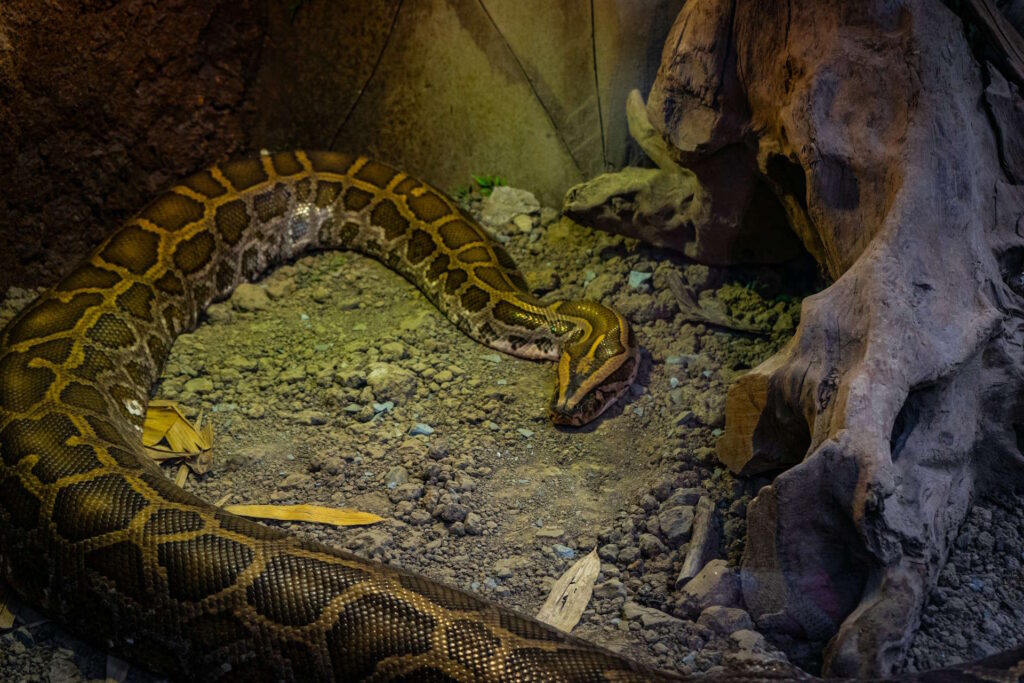
While being attuned to your snake’s normal behaviors helps you catch issues early, certain symptoms always warrant professional attention. Respiratory symptoms like wheezing or bubbling, regurgitation, significant weight loss, prolonged food refusal, abnormal posturing, neurological symptoms, or visible injuries require prompt examination by an experienced reptile veterinarian. Establish a relationship with an exotic animal veterinarian before emergencies arise, as not all veterinarians have specialized training in reptile medicine. Remember that snakes naturally hide illness as a survival mechanism, meaning that by the time symptoms become obvious, the condition may already be advanced. Trust your instincts as an attentive owner – if something seems “off” with your snake, a professional examination is always the safest approach.
Conclusion
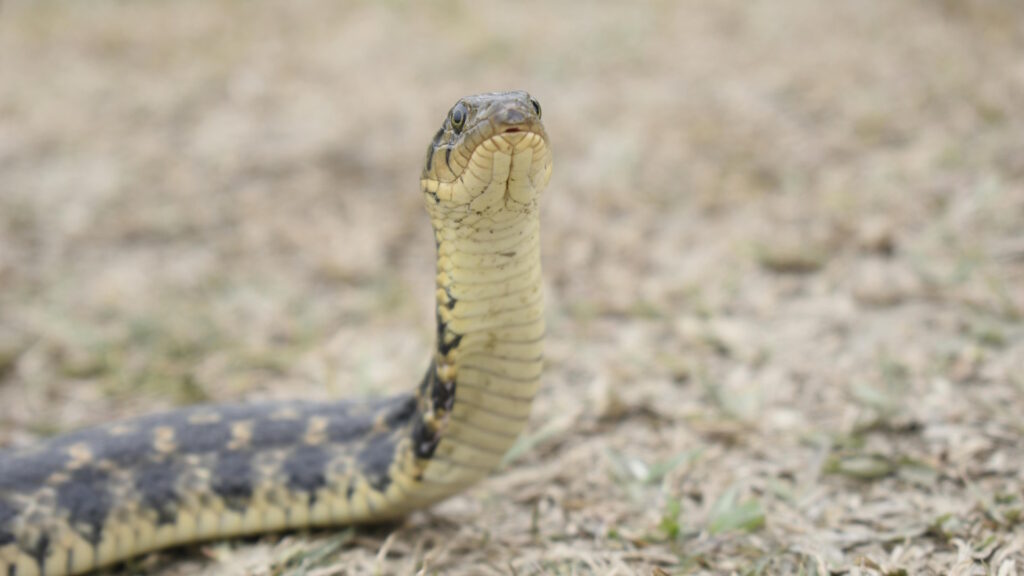
Maintaining a healthy non-venomous snake requires attentive observation, proper husbandry, and an understanding of normal species-specific behaviors. By regularly monitoring your snake’s physical appearance, behavior, feeding response, and elimination patterns, you’ll be well-positioned to identify potential health issues before they become serious. Remember that snakes are masters at concealing illness until conditions become advanced, making your role as an observant caretaker crucial to their wellbeing. With consistent care, appropriate environmental conditions, and prompt veterinary attention when needed, your non-venomous snake can thrive for many years as a fascinating and rewarding companion.

